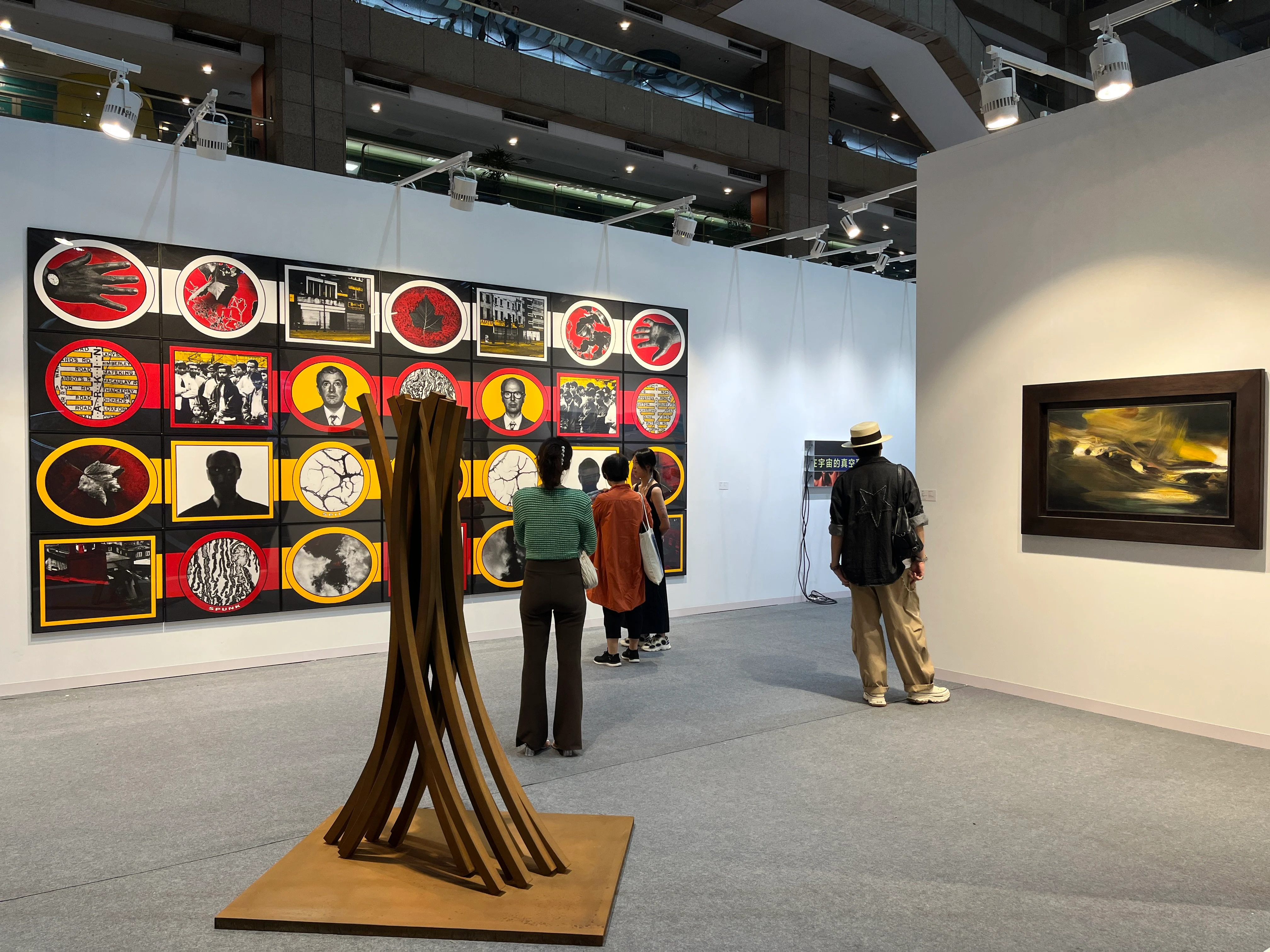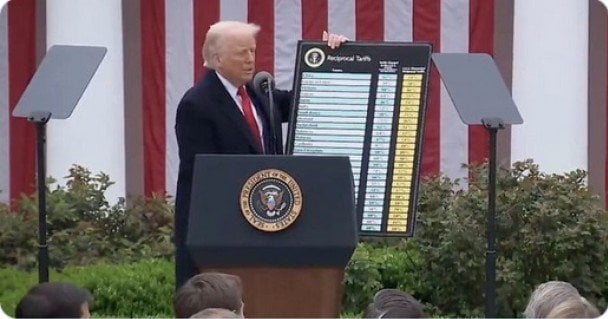Copyright scmp

Taiwan’s stock market is booming, the New Taiwan dollar is strong and a Taiwanese collector is believed to have paid HK$197 million (US$25.4 million) for a Picasso in Hong Kong in September. These are factors that drew various international galleries to Art Taipei, one of Asia’s longest-running art fairs that recently held its 2025 edition in the Taipei World Trade Centre. Despite opening in the shadow of three years of steady decline in global art market turnover and rival fair Taipei Dangdai’s announcement that it would not return next year, some exhibitors left happy. “Art Taipei delivered,” Hong Kong gallerist Pascal de Sarthe said. It might have helped that the fair, organised by the Taiwan Art Gallery Association (Taga), presented itself as an accessible “kaleidoscope” that catered to a wide range of tastes. There was plenty of light-hearted pop art priced between US$1,300 and US$10,000 among the 120 booths on the single gallery floor, with slightly fewer participants than in 2024. Taiwan’s Modern Art Gallery featured Joseph Wong Chak’s acrylic paintings and 3D sculptures of the beloved Hong Kong cartoon character Old Master Q. Admira Gallery saw early sales, with red dots seen during the VIP preview session for Korean artist Kwon Neung’s playful insertions of famous art and historical icons in contemporary settings. Contemporary ink artists were well represented, including works by Tainan-born Bu Zi and Taipei-born Yu Peng shown by Xi Zhi Tang gallery and Soka Art, respectively. Among the delightful discoveries in the “Made in Taiwan” (MIT) young artists section was Liu Hsing-yu’s surreal photo series, My Parents – featuring the artist’s actual parents exploring Kyoto while both wearing dresses – and Riley Tu’s exploration of the changing sense of our bodies in the virtual world. Claudia Chen Ching-ying – owner of the 32-year-old Liang Gallery and chairperson of Taga – said that Taiwan was not immune to global economic uncertainties or geopolitical tensions, despite being shielded by the strength of its semiconductor industry. “Trade tariffs have had more of an impact than the pandemic,” she said. Testy cross-strait relations have also made it harder for mainland Chinese and Hong Kong passport holders to get visas, as the Post has confirmed with a number of individuals affected. Those included Pi Li, the mainland China-born head of art at Hong Kong’s Tai Kwun, who could not get a visa to speak at the Taipei Art Week Forum. Unlike previous years, the fair could not arrange for a mainland Chinese VIP tour. “We try and see mainland Chinese VIPs in Hong Kong, which is where we can all meet easily. We hope that later, there will be ways for more of them to come to Taiwan,” Chen said. The fair made efforts to diversify participation, attracting non-Chinese international collectors and 52 international galleries this year. Still, the vast majority of fair visitors were locals from Taipei, she added. Also missing were the big international galleries. Chen expressed hope that more former participants of Taipei Dangdai – whose cancellation announcement came after Art Taipei’s application deadline – would join next year. Taiwan’s resilience as an art market is all the more remarkable in light of these challenges, underscored by a Taiwanese collector purchasing Picasso’s Buste de femme for HK$197 million, the top lot at Christie’s Asia evening sale in September. Arman Lam, director at Hong Kong’s Hanart TZ Gallery, said sales were “satisfying” at his Art Taipei booth, where works by Luis Chan, Irene Chou and Yeh Shih-chiang were on show. Prices for the works sold ranged from NT$2 million (US$65,000) to NT$8 million, he said. After a slow start, de Sarthe sold a range of works, from pieces by 20th-century American abstract expressionist Jack Tworkov to contemporary Chinese artist Caison Wang, for prices from US$30,000 to US$400,000. Catherine Kwai of Kwai Fung Gallery, who brought works, said that Taiwanese collectors are not “impulsive buyers” and that it might take time for them to trust overseas galleries and artists. “We do get some sales, but the most important thing is that we have met some quality potential collectors.” At Perrotin, the only so-called mega gallery at the fair, Hong Kong director Selina Ting said business was affected by the fact that most attendees to the fair were younger people with a small buying budget, but stressed that “the Taiwanese economy is doing very well, so there is potential for the market to grow”. Seasoned collectors are far from rare in Taiwan, three veteran art buyers told the Post on the opening night of the exhibition “A Collector’s Eye”. “Taiwan’s collector base is far deeper than Hong Kong’s,” said Hong Kong-born Lorries Chang, one-time chief executive of Ravenel Art, who has placed contemporary sculptures by Antony Gormley, Anish Kapoor and Yayoi Kusama in Yi&C Interiors, the furniture and design shop he co-owns with his wife, Angela Yi. The shop was the venue of the exhibition, curated by Rudy Tseng Wen-chuan – a member of the Asia-Pacific Acquisition Committee at the Tate – and it showed off the depth and diversity of Taiwan’s private collections while the setting represented the island’s laidback culture. The three friends said that Taiwanese collectors do not get too “worked up” about market values and are more inclined to buy works from artists they have a personal connection with, often meaning they spend less time at major art fairs and auctions. Chen, the Taga chairperson, agreed that well-established, cosmopolitan collectors are not typically drawn to “local, regional fairs” like Art Taipei. However, she sees growth for the fair coming from elsewhere. “We are upgrading our Taichung art fair from a hotel fair to the city’s new convention centre next year. And our Tainan art fair is also doing very well. We incubate collectors through these more accessible fairs, and then they eventually come up to Taipei in October. It’s a whole chain,” she said.



